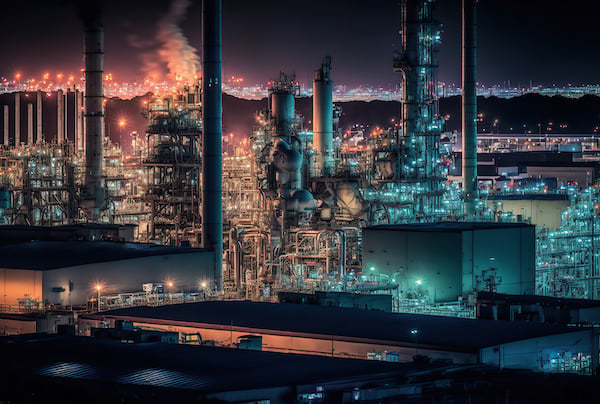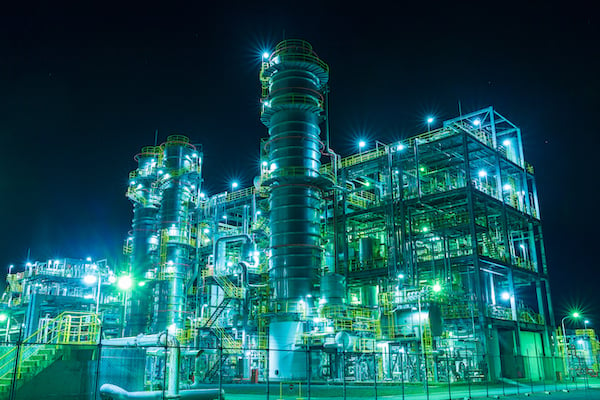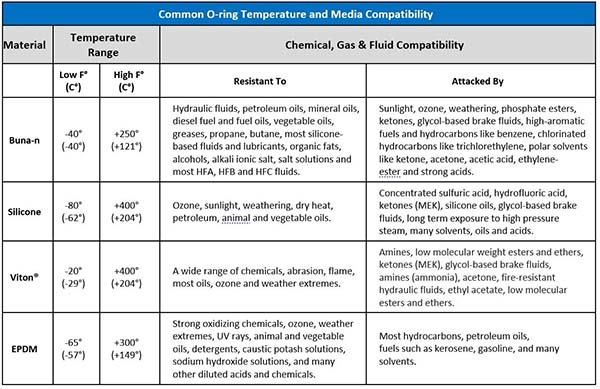Chemical processing produces compounds such as petrochemicals, polymers and many other materials for various applications, including:
- Raw materials are chemically converted to create a reaction produced from organic or inorganic materials to create a finished product.
- Chemical processing is often used to formulate a combination of synthetic or natural materials.
- It’s also possible to separate a natural product with or without chemical reactions.
There are four primary categories of process chemicals: specialty, basic, bio-based and consumer chemicals. In addition to primary petrochemicals and polymers, chemical processing is used to produce many products, including:
Subsequently, petrochemicals and oleochemicals are used in making:
- Waxes
- Epoxy resins
- Insulation
- Paints and coatings
- Soups and detergents
- Solvents
- Flooring materials
- Lubricants
- Pharmaceuticals
- Synthetic Fibers
Chemical processing often deals with caustic media and involves other extreme conditions, plus equipment and components must withstand corrosive environments, heat, system stressors, and high or fluctuating pressures.

Hydraulics in Chemical Production
Hydraulics power a wide variety of equipment and machinery in chemical production, including but not limited to:
- Hydraulic filter presses for separating solid particles from liquids during chemical production.
- Hydraulic actuators and cylinders open and close valves to regulate the flow of chemicals into and through vessels and other reservoir tanks.
- Agitators in vessels and reservoir tanks to mix and blend chemicals are powered by hydraulic pumps and motors.
• Pneumatic actuators are also used in chemical plants to operate valves and open and close flaps to control the flow of chemicals. - Press and shape products like pellets or tablets from chemical compounds using hydraulic presses.
- Hydraulic motors are used to power an agitator which mixes the contents of chemical reactors to activate chemical reactions.
Chemical process industries encompass organic and inorganic chemical processing, petrochemicals and segments of the petroleum industry which include the production of plastics, synthetic rubber and synthetic fibers. In addition, natural gas is used as a raw material for many base chemicals such as methanol and ammonia.
Chemical production relies heavily on the precision and power of hydraulics to control the flow of chemicals and for operating essential machinery.
The raw materials in chemical processing experience a conversion in the creation of finished products which differs from the initial chemical makeup of raw materials due to chemical reactions during processing. This typically creates caustic or corrosive materials that pass through the system. Therefore fittings, valves, tubing, pipe, cylinders and other components must be highly corrosion resistant and able to withstand the harsh environments of extreme high and low temperatures.
What Hydraulic Fitting and Valve Materials are best in Chemical Processing?
Virtually any style of fitting is found in chemical plants, including instrumentation, NPT, JIC, ORB, face seal, hose barb, weld and many others. Because of extreme temperatures and the presence of corrosive and sometimes flammable chemicals stainless steel hydraulic fittings are the most common in chemical processing applications. The material is strong and able to withstand chemically acidic and corrosive media at relatively high temperatures. In applications that require hygienic conditions stainless is ideal due to its resistance to stress corrosion cracking and pitting. It is also easily sanitized against bacteria growth.
Though considerably more expensive, in some extreme applications in chemical processing Inconel and Monel fitting and valve materials are a better choice. At high temperatures Inconel and Monel are much stronger and have much better corrosion resistance than stainless steel.
Both Inconel and Monel contain nickel alloys as their primary and other elements as their secondary alloyants. For example, Inconel contains chromium as its secondary alloyant providing extremely high performance and are often referred to as superalloys due to exceptional resistance to corrosion and high temperatures. Where Monel alloys are 30 to 40 percent copper and considered a mid-performance alloy compared to Inconel, though Monel still outperforms stainless steel in extreme applications.
O-ring Materials used in Chemical Plants
Selecting the correct O-ring material is extremely important based on its compatibility with chemicals and resistance to application temperature and other properties. The table below illustrates O-Ring material recommendations based on temperature and media compatibility.

Learn more about hydraulics by visiting Brennan University:

